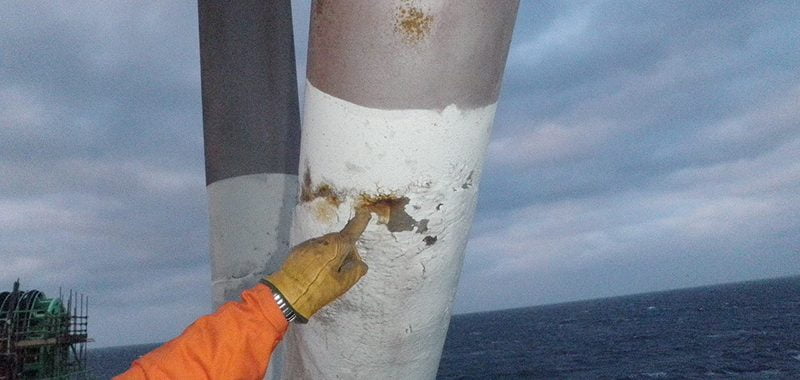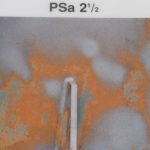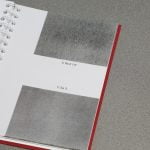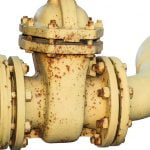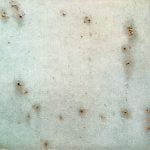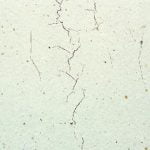Passive Fire Protection
Passive fire protection (PFP) coatings for steel structures includes various materials such as ablative and intumescent systems. The performance of these in the event of a fire will vary. So, selecting a material for a specific application must consider strength, durability, weight, ease of installation and system integrity among other factors. Thought must also be given to whether the application is non-corrosive and non-hazardous.
Durable and hard wearing, organic coatings for passive fire protection fall under the following groups:
- Intumescent coatings: These popular and well-established epoxy-based materials expand when in contact with a fire to form an insulating char with a low thermal conductivity that acts as thermal barrier between the fire and substrate.
- Ablative coatings: These erode under fire exposure due to absorbed heat energy input, changing the solid coating into a gas composite. This prevents heat absorption into the substrate to which it is applied.
- Subliming compounds: This type of coating absorbs heat as it changes directly from the solid to a gas phase (known as sublimation).
- Lightweight cementitious coatings: Widely used for protecting steel structure and vessels, these coatings are based on cement infused with a lightweight insulating aggregate of exfoliated vermiculite to provide exceptional dimensional stability when exposed to fire.
Evaluating the integrity of a passive fire protection coating usually involves several steps. It starts with an initial survey undertaken by a qualified fireproof surveyor.
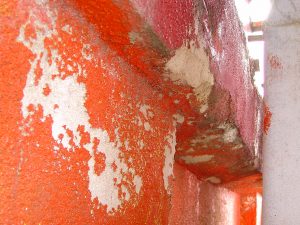
Passive fire protection coating system surveys
Before starting, the surveyor should research and gather as much pre-survey information as possible. This will help to identify the purpose of the survey, the type of asset (structural steelwork, vessel etc), a history of initial works, and should include the type of fire protection material used, including any primers and topcoats.
A survey of epoxy passive fire protection coatings should cover visual appearance, mechanical damage, any cracking or delamination and evidence of poor adhesion among other factors. Findings must be detailed in the report together with information about safe access and containment. Cementitious fire protection surveys are similar in scale and scope and should also provide recommendations for any remedial works.
Reporting the severity of damage or breakdown of a fire protection system is also an important element of a survey. The HSE offers guidance here, identifying three levels of severity based on qualitative categorisation. However, other forms of categorisation can be used. More about PFP surveys is available in Fitz’s Atlas of Coating Surveys at https://fitzsatlas.com/

